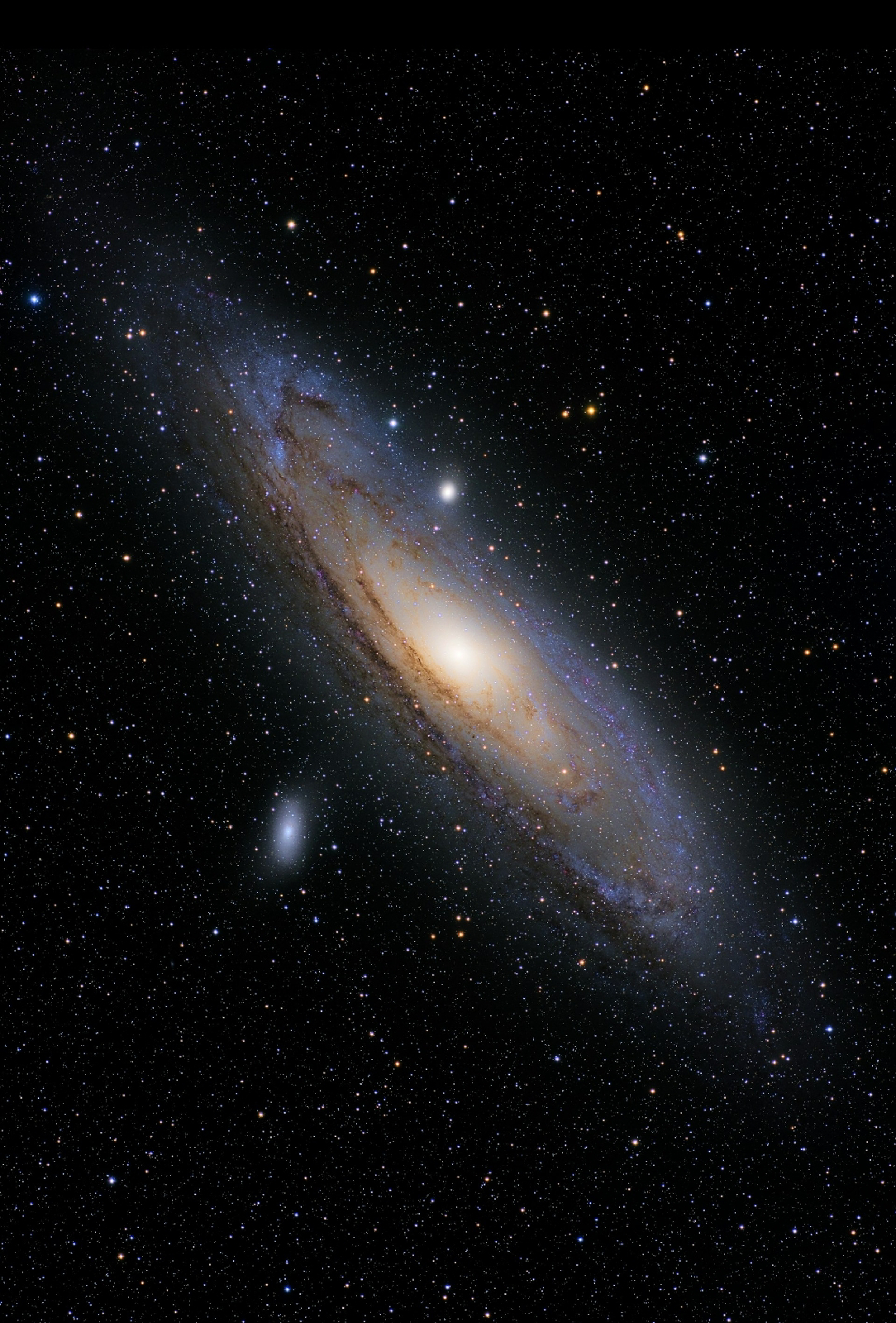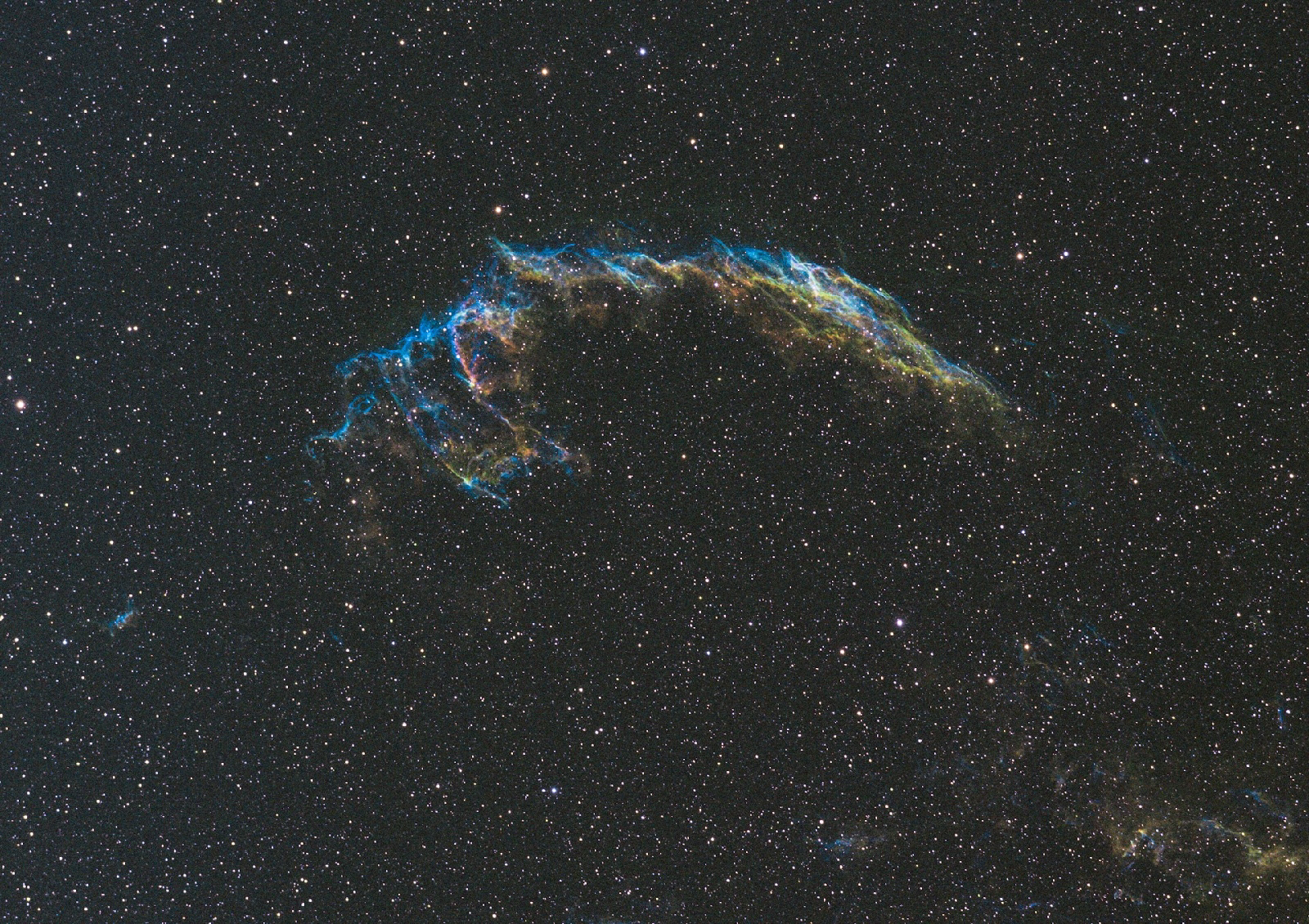Chapter 4: The First Stars – From the Cosmic Dark Age to Light
For millions of years after the birth of the universe, there were no stars. No galaxies. Just pure, pitch-black darkness. In the previous episode, we talked about how light finally began to travel freely through space after photons were released. But that light wasn’t from an active source—it was the cosmic microwave background radiation, the fading echo of the universe itself. Now it’s time to witness the rise of the first true sources of light: the very first stars.
In today’s episode, we’ll explore our emergence from what’s known as the Cosmic Dark Age, how the first stars formed, and how they forever transformed the universe.
The Cosmic Dark Age: The Absence of Light
Although the universe became “transparent” after the Recombination Era—when photons could finally move freely—there were still no stars or galaxies to actively emit light. This dark period began around 380,000 years after the Big Bang and lasted until the birth of the first stars. It stretched across a few hundred million years. This pitch-black stretch of time is what we call the Cosmic Dark Age.
During this time, the universe was filled with hydrogen and helium gas, floating in the vast cosmic void. But those gases weren’t idle—gravity was about to take the stage.
The Magic of Gravity: Gas Clouds Begin to Collapse
Though the hydrogen and helium gases looked randomly spread across space, some areas had slightly higher densities than others. And those tiny differences would soon give rise to massive consequences.
Gravity began pulling these denser regions together. Gas clouds started to collapse under their own weight. As they contracted, the gases heated up—eventually reaching millions of degrees. And then, for the first time in cosmic history, something incredible happened: thermonuclear fusion ignited.
The first stars were born.
Population III Stars: The Universe’s First Lanterns
Scientists call these first stars Population III stars. What made them different from today’s stars was that they were made entirely of hydrogen and helium—no heavier elements (or “metals”) existed yet. These stars were enormous—many times the size of our Sun—and lived fast and died young.
But even in their short lives, these stars changed everything. They didn’t just shine—they seeded the cosmos with new elements.
The Universe Awakens: The Era of Reionization
When the first stars began to shine, their light spread through the universe and began reionizing matter. The energetic photons they released started stripping electrons from neutral hydrogen atoms once again.
This process is called reionization. Unlike the earlier release of light from the cosmic background, this time the light was coming from real, active stars. After millions of years of darkness, the universe had finally been truly illuminated.
This era was so significant that even modern telescopes can detect its traces. The James Webb Space Telescope, for instance, is now capturing images of galaxies from this very period, revealing the universe’s earliest lights.
Why Were These Stars So Important?
The first stars set off a chain reaction of cosmic change. Here's why they mattered so much:
New Element Creation: The nuclear fusion in these stars forged heavier elements like carbon, oxygen, and iron. Most of the atoms in your body started inside those very first stars.
Seeds of Galaxies: When these massive stars died in supernova explosions, they compressed surrounding gases, paving the way for new star clusters and the birth of the first galaxies.
End of Darkness: These stars marked the end of the Cosmic Dark Age. The universe's landscape began to take shape.
The First Cosmic Dawn: The Sky Was Never the Same
With the birth of the first light sources, the universe was no longer just a sea of gas and fading radiation. It became a place where structure began to form. Galaxies emerged. Black holes grew. The seeds of planets were planted.
The universe had seen its first dawn. The night had passed—and for the first time, the “sky” began to take shape.
Next Episode: Inside the Hearts of Stars – The Dance of Elements
In our next episode, we’ll dive into the heart of these stars and explore stellar nucleosynthesis in detail. In other words, we’ll try to answer the big question: “What are we made of?”









Comments